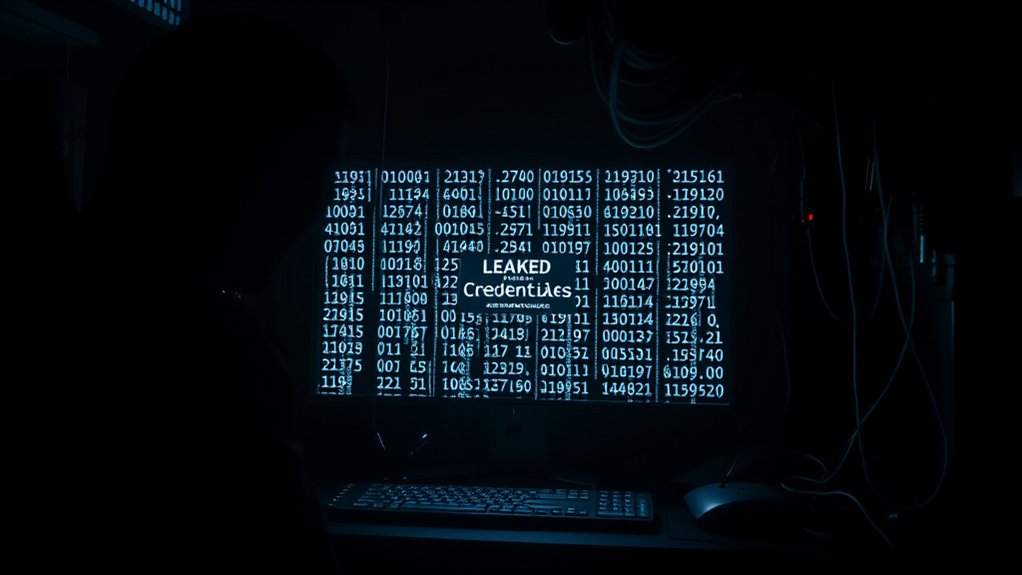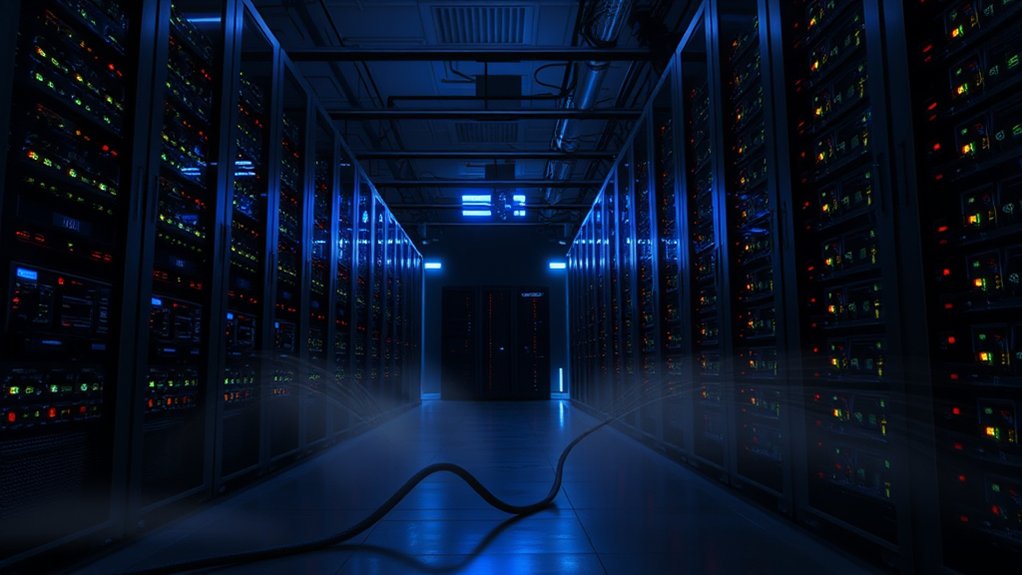As cyber threats evolve, Distributed Denial-of-Service (DDoS) attacks have reached unprecedented scales, highlighting the vulnerabilities of internet infrastructure.
In mid-May 2025, a record DDoS attack surged to a staggering 7.3 terabits per second (Tbps), significantly increasing in intensity compared to earlier incidents that recorded 5.6 and 6.5 Tbps. This attack managed to deliver an astounding 37.4 terabytes (TB) of data within just 45 seconds, a volume comparable to nearly a year of high-definition video streaming or the downloading of over 9,350 HD movies. The attackers employed packet filtering evasion techniques to bypass traditional security measures.
The scale of the attack targeted the IP address of an unnamed hosting provider, affecting approximately 21,925 destination ports on average, as it peaked at bombarding 34,517 ports per second. This diversion in targeting strategy suggested a meticulous and distributed approach aimed at maximizing impact and evading detection.
The attack’s strategic targeting of 34,517 ports per second underscores a sophisticated and deliberate approach to maximize disruption.
The attack originated from a botnet composed of 122,145 unique source IP addresses across 161 countries and 5,433 autonomous systems, reflecting the global reach of compromised devices. Remarkably, this botnet linked back to known variants, such as those utilized in the Mirai botnet, which exploits insecure Internet of Things (IoT) devices like webcams. In 2023, DDoS attack数量的持续增加是需要特别关注的(DDoS攻击持续增加), highlighting the persistent threat faced by internet infrastructure.
Implications for hosting providers and critical internet infrastructure were profound. As cybercriminals increasingly target these essential services, reliance on third-party defense mechanisms like Cloudflare’s Magic Transit becomes critical. Such DDoS attacks can precipitate significant service disruptions, affecting clients dependent on the hosting provider. In Q1 2025 alone, over 20 million blocked attacks demonstrated the escalating threat landscape.
The rising frequency of DDoS attacks surged by an alarming 358% year-over-year, with over 20 million blocked attacks reported in the first quarter of 2025. Peak request rates have likewise escalated, reaching over 70 million requests per second, indicating an urgent necessity for improved mitigation strategies and continuous advancements in network defense technologies.
With the growing sophistication of attacks, the need for strong threat intelligence and preventative measures is more pressing than ever.









